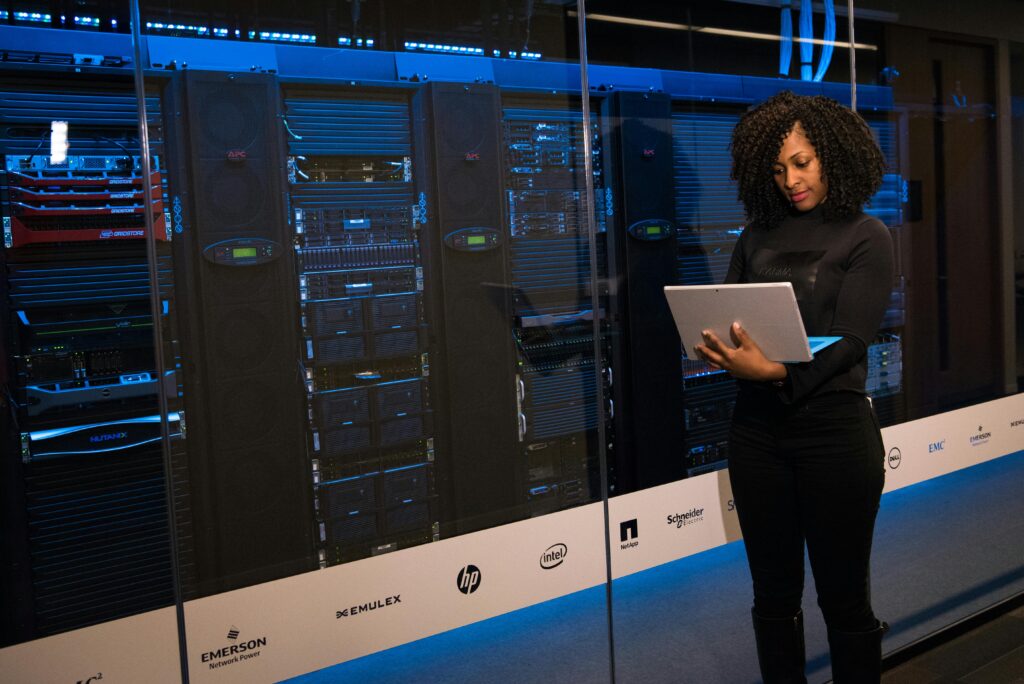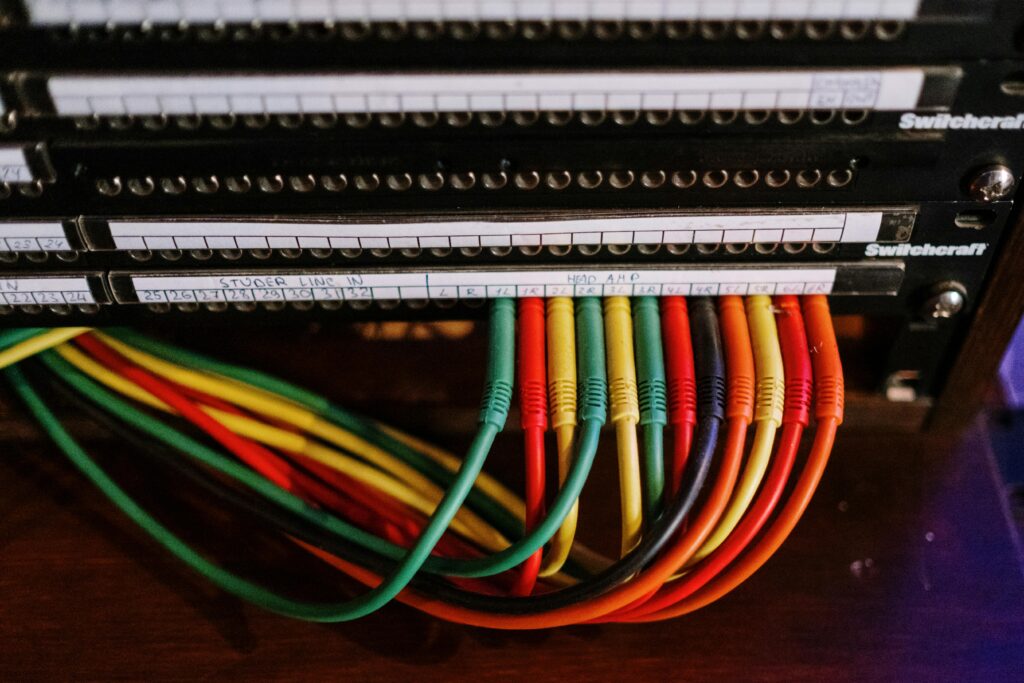Keeping your business hardware up-to-date in today’s fast-paced technological world is crucial. The hardware refresh cycle is more than just a routine; it’s a strategic approach to ensure your systems run smoothly and efficiently. But what exactly does a hardware refresh cycle entail, and why is it so important?
A hardware refresh cycle refers to the regular replacement and upgrading of a company’s existing hardware. This includes everything from PCs and central processing units to data center hardware and operating systems. By maintaining a strategic hardware refresh cycle, businesses can prevent outdated hardware from hindering their operations, ensuring that their technology is always up-to-date and capable of meeting their needs.
Regular hardware updates are essential for maintaining optimal performance and efficiency in any business. Outdated equipment can lead to higher energy consumption, frequent breakdowns, and increased labor costs for repairs. Moreover, staying on top of hardware refreshes helps businesses take advantage of new technologies, which can offer improved performance and cost savings in the long run.
Understanding the Lifecycle of Hardware
The lifespan of hardware can vary greatly depending on the type of equipment and its usage. Typically, business hardware such as PCs, servers, and other data center hardware have a lifespan of 3-5 years. After this period, performance issues often start to emerge, and the hardware may no longer support the latest software updates or operating systems.
Here are the factors influencing hardware lifespan:
Technological Advancements
Technology evolves rapidly, and new hardware with advanced capabilities is constantly being developed. Staying current with these advancements is critical for maintaining competitive edge and ensuring that your systems can handle new applications and increased workloads.
Wear and Tear
Over time, hardware components experience wear and tear from constant use. This natural degradation can lead to decreased system performance and an increased likelihood of hardware failures, making regular refresh cycles a necessity.
Obsolescence
As new technologies emerge, older hardware can become obsolete. This obsolescence not only affects performance but also poses security risks, as outdated hardware may not receive necessary updates to protect against new threats.
Benefits of Regular Hardware Refreshes
Regularly refreshing your hardware is a strategic move that can bring multiple advantages to your business.
Enhanced Performance and Efficiency
Refreshing hardware on a regular basis ensures that your business operations run smoothly and efficiently. New hardware often comes with improved processing power, better energy efficiency, and enhanced features that can significantly boost productivity.
Improved Security Measures
Outdated hardware can be a security liability. New hardware often includes the latest security features and updates, helping to protect sensitive data and maintain data security. Regular hardware refreshes help mitigate risks associated with outdated technology.
Cost Savings
While the initial investment in new hardware can be significant, the cost savings over time can be substantial. New equipment often requires less maintenance and is more energy-efficient, leading to lower labor costs and reduced energy consumption. Additionally, upgrading equipment regularly can prevent costly downtime and ensure business continuity.
Challenges in Managing Hardware Refresh Cycles
Managing hardware refresh project plans can present several challenges. Budgetary constraints are often at the forefront, as upgrading equipment requires significant financial investment. Many businesses struggle to allocate sufficient funds for regular hardware updates, which can lead to extended use of outdated hardware, impacting performance and security.
Compatibility issues also pose a significant challenge. New hardware must integrate seamlessly with existing systems, software, and infrastructure. Incompatibilities can lead to costly delays and additional expenses, as businesses may need to invest in further updates or workarounds to ensure smooth operation.
Another challenge is the disruption to operations that can occur during the hardware refresh process. Upgrading equipment often requires downtime, which can affect productivity and business continuity. Planning and executing a hardware refresh with minimal disruption requires careful coordination and scheduling, often necessitating off-hours work or phased implementation to maintain business operations.
Strategies for Effective Hardware Refresh Planning
To effectively manage hardware upgrades, it is essential to establish a clear refresh cycle timeline. A well-defined timeline helps ensure that hardware is updated regularly and systematically, preventing the pitfalls of using outdated technology. This timeline should align with the company’s overall IT strategy and take into account the specific needs and usage patterns of different departments.
Conducting comprehensive assessments of current IT equipment is another crucial hardware refresh strategy. Regular evaluations help identify which equipment is nearing the end of its lifecycle and prioritize upgrades based on performance and reliability. These assessments should include not only the hardware itself but also the software and systems it supports to ensure full compatibility and optimal performance.
Prioritizing upgrades based on business needs is essential for maximizing the benefits of a hardware refresh. Not all equipment will require simultaneous upgrading, and focusing on the most critical areas first can help manage costs and minimize disruption. For example, prioritizing the refresh of data center hardware or systems handling sensitive data can enhance security and improve overall efficiency.
Best Practices for Implementing Hardware Refreshes
Implementing hardware refreshes requires meticulous planning to ensure a seamless transition. One of the best practices is to develop a comprehensive transition plan that outlines each step of the process. This includes scheduling updates during off-peak hours to minimize disruption and coordinating with all relevant departments to ensure that everyone is prepared for the changes. Proper planning helps to mitigate downtime and maintain business continuity.
Employee training and communication are also critical components of a successful hardware refresh. Ensuring that staff are well-informed about the new hardware and any changes to their workflow is essential for a smooth transition. Training sessions can help employees become familiar with new systems and processes, reducing the learning curve and minimizing potential productivity losses.
Utilizing asset management tools can significantly streamline the hardware refresh process. These tools help track the lifecycle of each piece of equipment, from acquisition to disposal. By maintaining accurate records of current hardware, businesses can plan refreshes more effectively and ensure that all assets are accounted for and updated as needed. Asset management tools also aid in budgeting and forecasting, providing valuable data for future hardware investments.
Evaluating Return on Investment (ROI) for Hardware Refreshes
Evaluating the return on investment (ROI) for hardware refreshes involves several key factors. One important metric is the total cost of ownership (TCO), which includes the initial purchase price of the hardware, ongoing maintenance costs, and any associated expenses such as energy consumption. By calculating the TCO, businesses can better understand the long-term financial impact of their hardware investments.
Assessing risk mitigation is also vital when evaluating ROI. Upgrading to newer hardware can significantly reduce the risk of system failures and security breaches, which can be costly in terms of both money and reputation. By proactively addressing these risks through regular hardware refreshes, businesses can protect their operations and ensure ongoing security and reliability.
Finally, selling old hardware to IT asset disposition (ITAD) services can provide an additional financial benefit. ITAD services specialize in the secure disposal and resale of outdated equipment, allowing businesses to recoup some of their investment costs. This not only helps offset the expense of new hardware but also supports environmentally responsible practices by ensuring that old equipment is properly recycled or repurposed.
Conclusion
Staying ahead in the technological landscape requires proactive steps beyond maintaining the status quo. A well-planned hardware refresh cycle ensures your business remains competitive, secure, and efficient. By understanding the lifecycle of your hardware, addressing challenges, implementing best practices, and carefully evaluating ROI, you can optimize operations and position your company for long-term success. Don’t let outdated technology hold you back—invest in regular hardware refreshes to keep your business running at its best.





